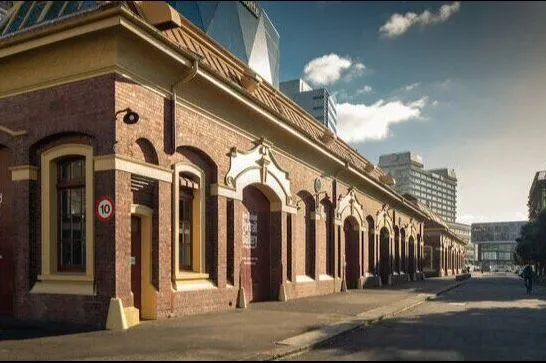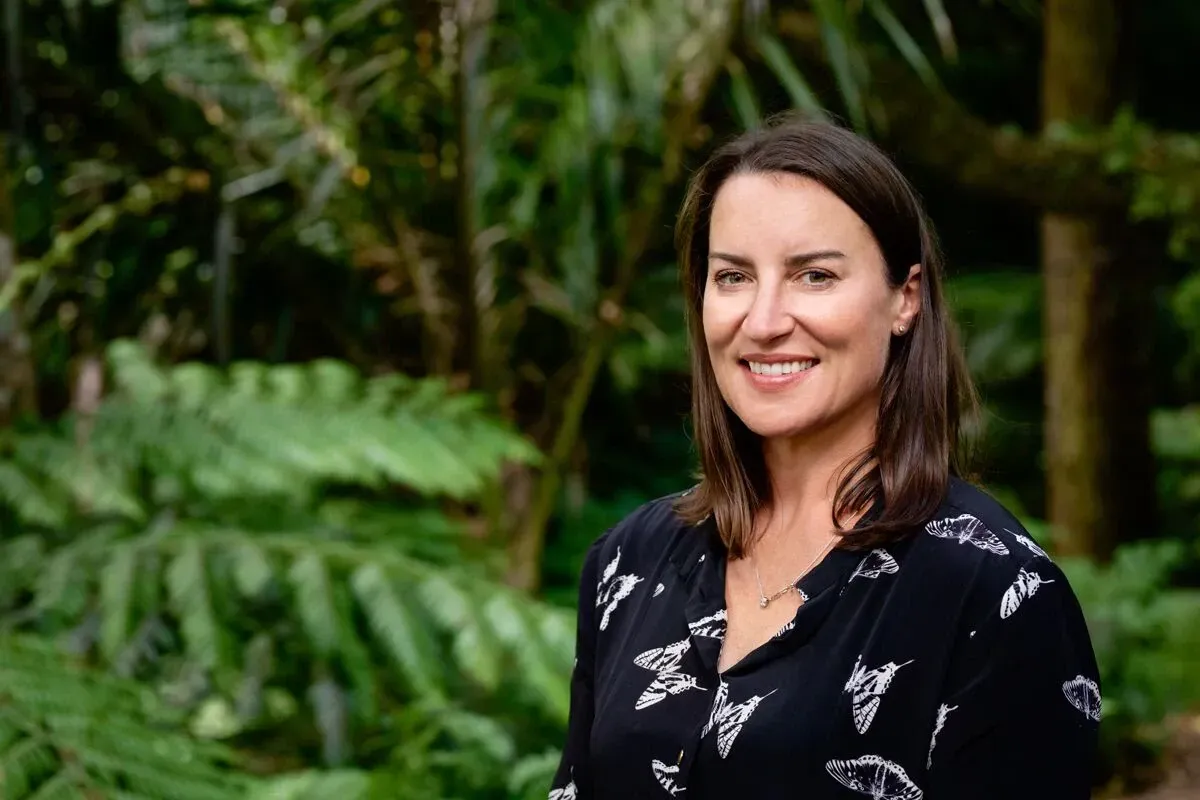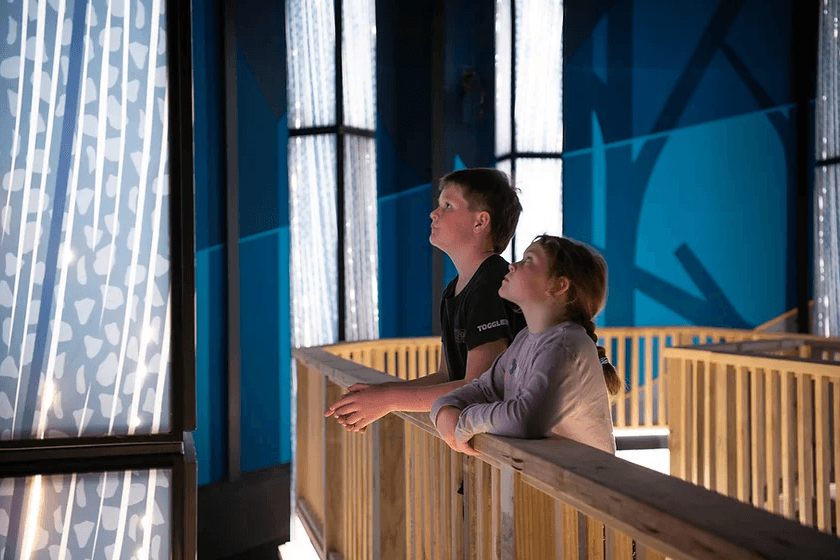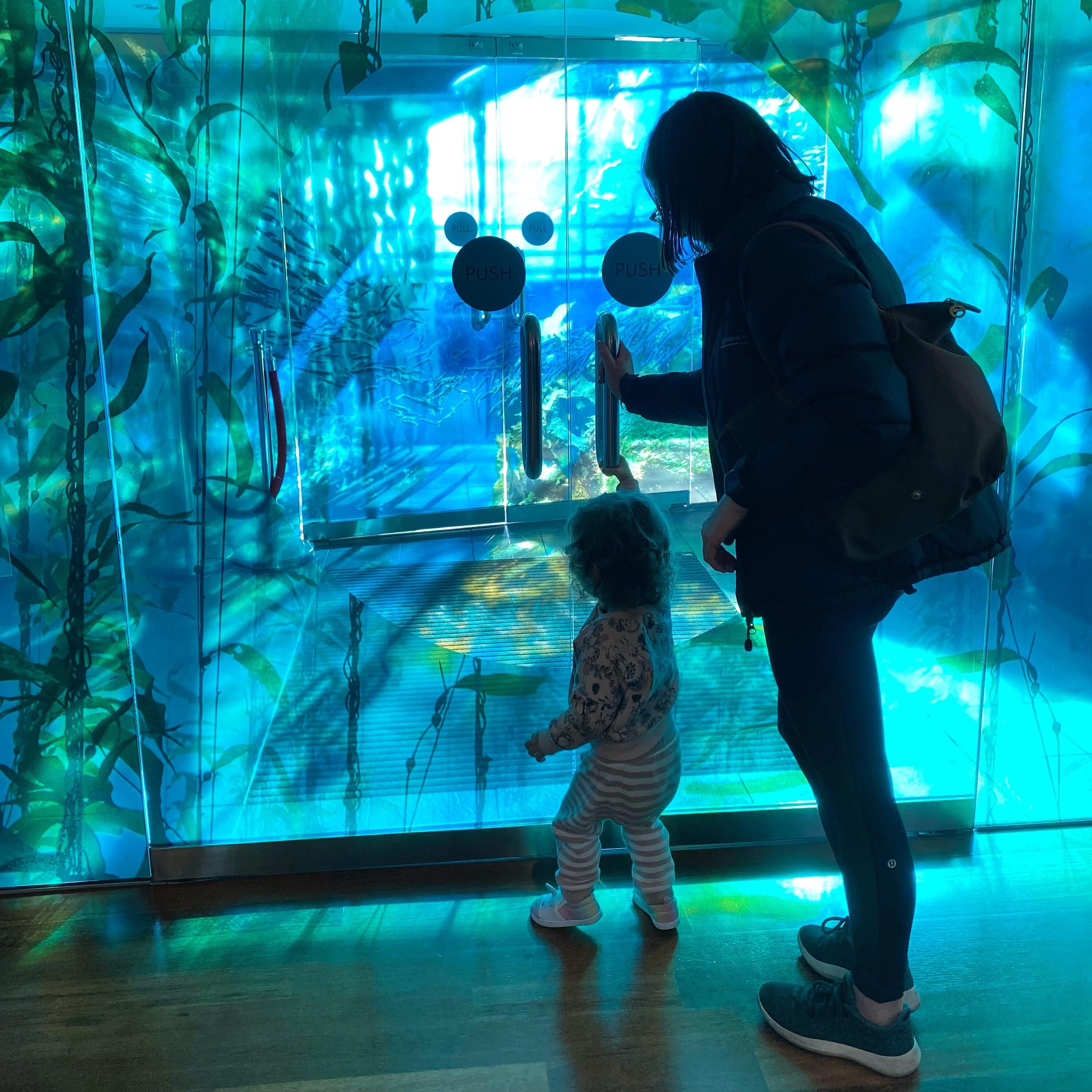Culture Crisis – Can NZ’s Museums Be Saved?
Surfacing reports on the dire future for Aotearoa's cultural institutions only scratch the surface - Andrew Wood digs deeper to find the crux of the issue and questions where the solutions are.

New Zealand’s museums and art galleries are in crisis.
The institutions tasked as kaitiaki of our most precious taonga are in significant trouble. Museums Aotearoa - the industry body for New Zealand’s museums and galleries - has recently completed qualitative research with its members, and the results look depressingly bleak.
They are, in short, teetering on broke.
“It could be lights out for us,” says Jaenine Parkinson, Director of the New Zealand Portrait Gallery Te Pūkenga Whakaata in Wellington.
“The ability to continue doing all this is doubtful,” says Dr Jason Smith, Director of the Kauri Museum in Matakohe.
It’s not just the smaller community organisations that are struggling either.
“Ratepayer base should not be responsible for safeguarding our cultural treasures,” says Dr Ian Griffin, Director of Tūhura Otago Museum in Dunedin, “Despite housing nationally and internationally significant collections, engaging in widespread educational outreach, and supporting impactful scientific research influencing New Zealand's policy, including crucial areas like climate change, Tūhura Otago Museum finds itself in a truly challenging position.
"Just to keep the doors open, we need to generate approximately 50% of our operational expenses from commercial ventures and short-term, project-based grants every year.”
“Art is vitally important to any society,” says Dr Zara Stanhope, Director of the Govett-Brewster | Len Lye Centre, “and galleries feed the future of creativity in Aotearoa when they support artists and their practice.

"Adequate funding for the sector has the potential to shape so much: community cohesion and growth in cultural experiences, our children’s education, tourism and business innovation, and sustain the careers and impact of artists – especially to make works they can’t without additional funding.
"If making art is limited to the independently wealthy, we are doing a disservice to New Zealand as citizens and communities.”
Close-up on crisis
To find out what is at the root of this crisis, The Big Idea spoke to Adele Fitzpatrick, the CEO of Museums Aotearoa. She is deeply concerned that some of the country’s most beloved culture and heritage institutions may not survive the decade without sustainable, long-term funding.
Most museums and galleries get most of their funding from local council grants and internally generated revenue, and this hasn’t been enough for a very long time.
“Last year,” Fitzpatrick told The Big Idea, “we began extensive member outreach, contacting all of our member organisations and this has been collated into a snapshot of the health of the industry.
The results of this were startling, we knew people were under pressure, but didn’t understand how much.
“Across the board, staff are underpaid and working over mandated hours, members are increasingly relying on volunteers, insurance costs are skyrocketing and funding pools are shrinking. The membership is a broad church, and while there are some in more fortunate positions, these are in a small minority.
"From our national museum, to council-operated museums and galleries, to partially funded, and completely unfunded, all are facing increasing pressure. Smaller, provincial, volunteer-run organisations are particularly affected, but even our larger metropolitan institutions are facing an uncertain future. Costs are climbing for institutions as well as councils and there is simply less money to go around.
“Roading and water infrastructure makes a place liveable,” she says, “arts and culture make it a great place to live.”
What the research revealed was an overworked workforce overly reliant on volunteers, snowballing costs and shrinking funding. Small museums and galleries in the provinces and rural communities are barely being propped up by community goodwill.
But is this a matter of cumulative neglect, or recent events that have exacerbated the situation?
Insurance issues
Insurance costs have been a problem for decades, particularly when you’re trying to insure the priceless. There are major institutions in this country that simply cannot insure their collections because they are too valuable.

“This situation is really a perfect storm,” explains Fitzpatrick, “and the precipitous decline probably began with COVID. Our institutions had the same costs but could not offset these with visitor spend or venue hire and had to dip into reserves. The cost-of-living crisis also meant that things like electricity – which is required to conserve delicate collections – were much more expensive than before.
"Members have told us that in the last three years, their insurance costs have tripled. Our institutions have invaluable collections, large, and often old, buildings, this all means that there are costs that are simply out of their control and are seemingly increasing all the time. Our councils, who are the primary funders of our member organisations, are also feeling these rising costs and are having to make cuts across the board.”
Much of the problem seems to lie with the way we fund our heritage institutions, which is atypical for the sector globally.
In Aotearoa, councils supply much of the funding rather than central government, as is the case with European countries where they tend to value their cultural patrimony highly and fund accordingly.
“Central government only funds Te Papa as Aotearoa’s national museum and gallery, aside from contestable, one-off grants available to others in the sector,” details Fitzpatrick. In some cases, large metropolitan museums like Auckland War Memorial, MOTAT, Canterbury and Otago have the degree of funding they get from local government set by Act of Parliament.
“These are some of the Acts Auckland Mayor Wayne Brown is seeking to change,” says Fitzpatrick. “In most situations, museums and galleries are funded on average around half by their local councils and generate their own revenue through charging, retail, venue hire, cafes, etc. Some museums and galleries receive no council funding, like the Portrait Gallery in Wellington, and are finding it very difficult right now to fund raise.”
Keep the lights on
This crisis is the impetus behind the Keep the Lights On campaign, which launched on March 12.
On April 15, museums and galleries from Southland to Northland - and even in the Chatham Islands - will be turning off their external lighting as a public display of what may very well befall these institutions in the near future.
Some might ask why these institutions don’t charge visitors?
“Many do charge all visitors,” says Fitzpatrick, “some only charge tourists and some charge for specific exhibitions and events. Keeping our institutions, their collections and stories accessible to all is an important factor.

"In our Keep the Lights On campaign, Toni Hoeta tells her story about growing up in a decile one area and falling in love with science at a museum. She had to study science subjects by correspondence because there weren’t any science teachers at her high school. She is now studying medicine at Otago, is about to become a doctor and is the first person from her town to get a degree. She is the President of the Māori Medical Students Association.
"We would like to help more kids in Toni’s situation to have similar stories. Charging entry is another barrier that many kids won’t be able to overcome.”
The other question - why not encourage more private sector sponsorship, though this has always been quite difficult in Aotearoa where there is stiff competition with sport, and always the issues around corporate purses and curatorial autonomy.
“Yes, we’d love to see more philanthropy and sponsorship made available to the wider sector, rather than a few specific institutions,” says Fitzpatrick.
This is not a drill
Much of the urgency is that in June 2026, Fire and Emergency New Zealand (FENZ) levies fall due. FENZ is New Zealand's main firefighting and emergency services body. The previous government had granted an exception which expires in June this year.
It may very well be the final dolorous blow that undoes the sector.
“The institutions want sustainable funding,” says Fitzpatrick.
“They want to know how much they are getting in a five-to-ten-year horizon and where it is coming from. Operating on an annual council budget planning timeframe is difficult and almost impossible to plan future exhibitions and necessary maintenance - let alone something major happening such as a weather event."
The Big Idea approached Minister for Arts, Culture and Heritage Paul Goldsmith for comment on this concerning issue.
Goldsmith responds “I recognise that increasing insurance costs add to the challenges being faced by our cultural heritage institutions in the current fiscal environment.
"I understand museums and the cultural sector have concerns about costs, including levies. Matters relating to the Fire and Emergency New Zealand levy fall under the portfolio responsibility of the Minister of Internal Affairs.”
The more ministries, the merrier

Fitzpatrick underlines “It is important that capital funds grants - administered by Manatū Taonga (the Ministry of Culture and Heritage) - remain. These are very important grants that fund necessary building development.
"I’d like to see the Ministry of Education step up and fund the education services museums and galleries offer.
"There is a fund of $5.2m that used to be called the Learning Experiences Outside the Classroom, which funded us all to jump on a bus and visit the museum and have a teacher there tell us about the various different exhibitions. I remember this as a kid. It has now changed to Enriching Local Curriculum with the same amount of money but with different providers.
"We estimate around $2m of this funding has left our sector, leaving many schools without this service. The South Island in particular is poorly served, with only seven providers funded.”
She continues “I’d also like MBIE (Ministry of Business, Innovation and Employment) to recognise the contribution our sector makes to tourism and reimburse some of the costs associated with providing a national economic benefit to Aotearoa’s second largest export market.
Pre-COVID, one-quarter of international visitors would visit four museums and galleries. Not only does this tell us our sector is a valuable tourism asset, it also tells us regions and cities need clusters of museums and galleries – just having one wouldn’t be as great an attraction to the place (Berl 2022, 1.9m visitors are international, visit on average 3.8 museums or galleries).
"These are quantifiable benefits, along with a contribution to GDP of $272m per annum, employer of 3,300 people and 11,000 volunteers.”
As for what Museums Aotearoa hopes to achieve with the Keep the Lights On campaign, Fitzpatrick states “We want the public to know their museums and galleries are at risk.
“We want them to tell politicians - local, council, central - they need to try harder to keep them. They are also part of the critical infrastructure of a place.”